Guinea pigs, also known as cavies, are delightful and social creatures that have become popular pets worldwide. Unlike many other mammals, guinea pigs cannot synthesize their own vitamin C, making it an essential component of their diet. Without adequate vitamin C, these small animals can develop scurvy, a condition that leads to lethargy, poor coat quality, and even more severe health complications. Understanding the best ways to supplement vitamin C for guinea pigs is crucial for any responsible pet owner.
The Importance of Vitamin C for Guinea Pigs
Vitamin C plays a vital role in a guinea pig's overall health. It supports collagen production, which is necessary for healthy skin, joints, and blood vessels. Additionally, it boosts the immune system, helping these small animals fend off infections and illnesses. A deficiency in vitamin C can manifest in various ways, including swollen joints, difficulty moving, and a rough, unkempt coat. In severe cases, it can even lead to internal bleeding or death. Since guinea pigs cannot store vitamin C for long periods, they require a consistent daily intake to stay healthy.
Natural Dietary Sources of Vitamin C
One of the best ways to ensure your guinea pig receives enough vitamin C is through a well-balanced diet rich in fresh vegetables and fruits. Bell peppers, particularly the red and yellow varieties, are excellent sources of this essential nutrient. Leafy greens like kale and parsley also provide a good amount of vitamin C. Fruits such as oranges, strawberries, and kiwis can be offered in moderation due to their sugar content. However, it's important to introduce new foods gradually to avoid digestive upset and to monitor your pet for any adverse reactions.
Commercial Pellets and Vitamin C Fortification
Many high-quality guinea pig pellets are fortified with vitamin C to help meet their daily requirements. When selecting pellets, it's essential to check the packaging for the vitamin C content and ensure it hasn't expired, as the nutrient degrades over time. Storing pellets in a cool, dark place can help preserve their nutritional value. However, relying solely on pellets for vitamin C is not advisable, as the nutrient can lose potency after the bag is opened. Fresh foods should always complement a pellet-based diet.
Supplementing with Vitamin C Drops or Tablets
For guinea pigs that may not consume enough vitamin C through their diet, supplements can be a practical solution. Vitamin C drops can be added to their drinking water, though this method has drawbacks. The vitamin can degrade quickly when exposed to light and air, and some guinea pigs may refuse to drink water with an altered taste. Alternatively, vitamin C tablets designed for small animals can be given directly or crushed and mixed with food. Always consult a veterinarian before introducing supplements to determine the appropriate dosage.
Recognizing and Preventing Vitamin C Deficiency
Early signs of vitamin C deficiency in guinea pigs include a lack of energy, reluctance to move, and a dull coat. If left untreated, more severe symptoms like weight loss, dental problems, and bleeding gums may occur. To prevent deficiency, provide a varied diet with multiple vitamin C sources and avoid over-reliance on a single method of supplementation. Regular veterinary check-ups can help catch any nutritional imbalances before they become serious health issues.
Special Considerations for Young, Pregnant, or Ill Guinea Pigs
Growing guinea pigs, pregnant females, and those recovering from illness often require higher doses of vitamin C. Young cavies need extra nutrients to support their rapid development, while pregnant or nursing mothers must ensure their offspring receive adequate nutrition. Sick guinea pigs may have weakened immune systems, making vitamin C even more critical for their recovery. In these cases, a veterinarian may recommend adjusted supplementation to meet their specific needs.
Balancing Vitamin C with Other Nutritional Needs
While vitamin C is crucial, it's important to maintain a balanced diet that includes fiber, protein, and other essential nutrients. Guinea pigs require unlimited access to fresh hay, which supports digestive health and dental wear. Over-supplementing with vitamin C can sometimes lead to other health issues, such as kidney stones, so moderation is key. A well-rounded approach that combines fresh foods, fortified pellets, and occasional supplements will help keep your guinea pig in optimal health.
In conclusion, ensuring your guinea pig receives enough vitamin C is a multifaceted task that requires attention to diet, supplementation, and overall health monitoring. By providing a variety of fresh foods, high-quality pellets, and appropriate supplements when necessary, you can help your furry friend thrive. Always stay observant for any signs of deficiency and consult a veterinarian for personalized advice tailored to your pet's unique needs.
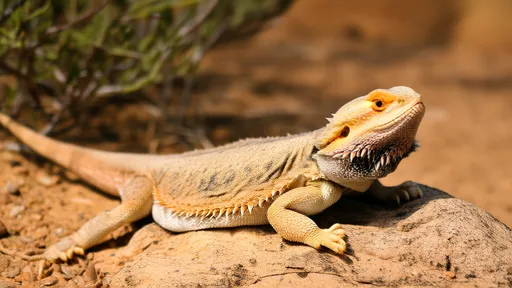
By /Jun 28, 2025
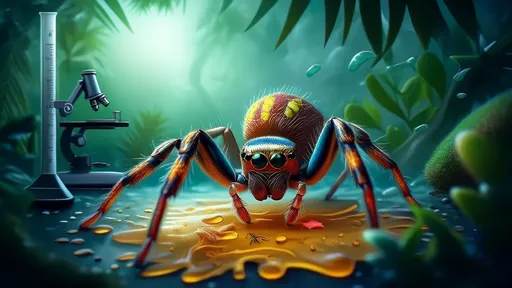
By /Jun 28, 2025
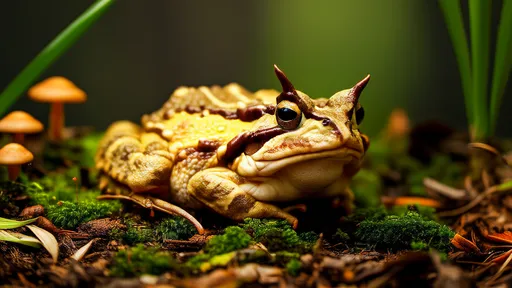
By /Jun 28, 2025
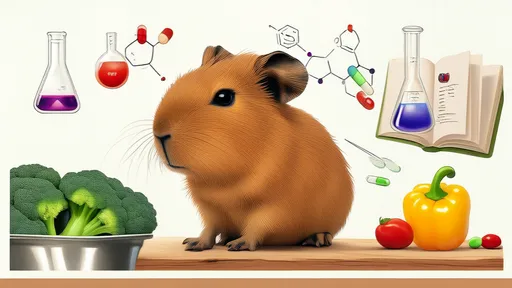
By /Jun 28, 2025
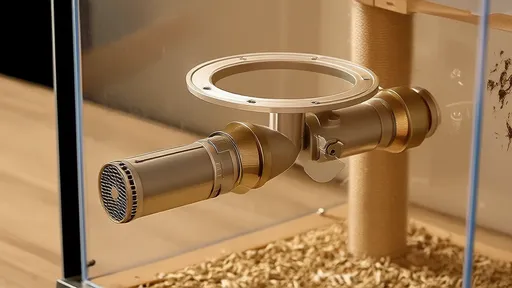
By /Jun 28, 2025
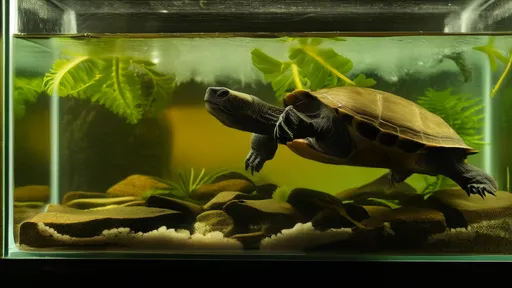
By /Jun 28, 2025
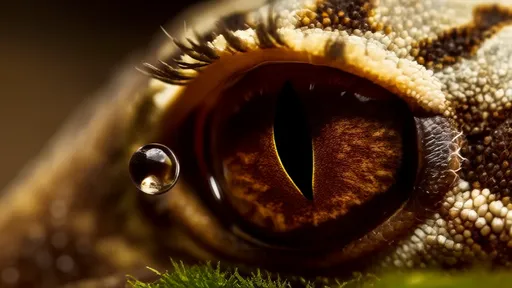
By /Jun 28, 2025
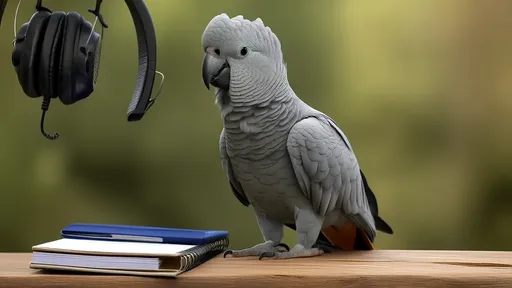
By /Jun 28, 2025
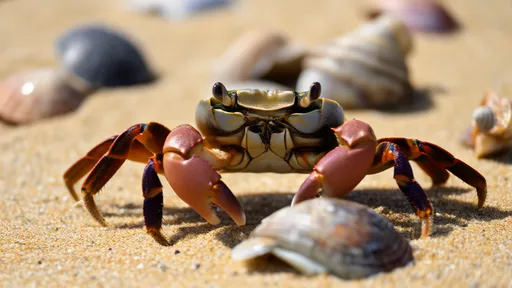
By /Jun 28, 2025
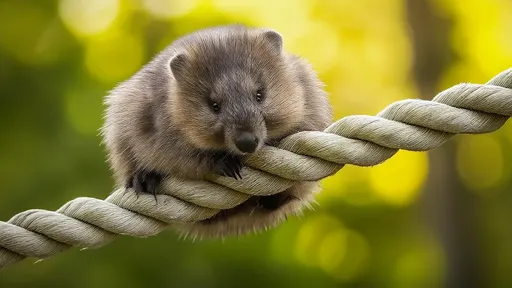
By /Jun 28, 2025
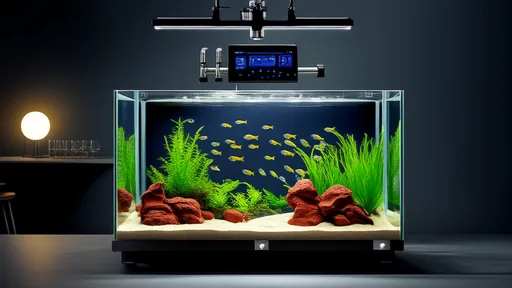
By /Jun 28, 2025
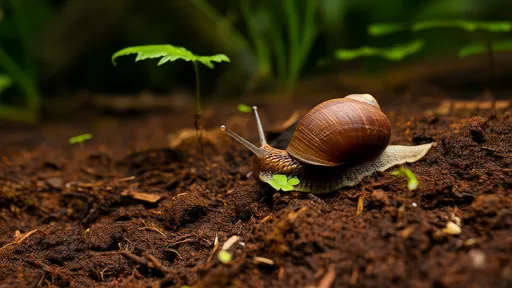
By /Jun 28, 2025
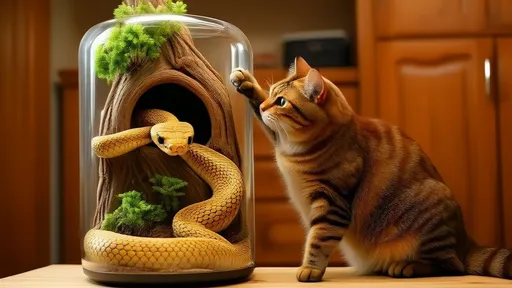
By /Jun 28, 2025
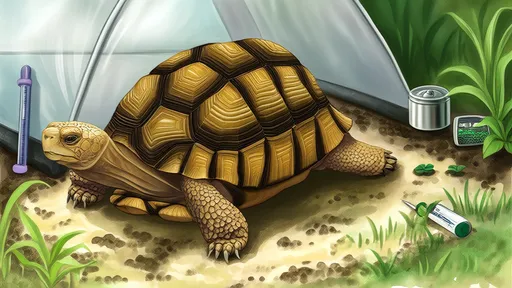
By /Jun 28, 2025
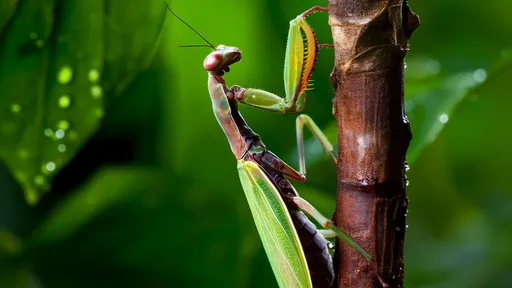
By /Jun 28, 2025
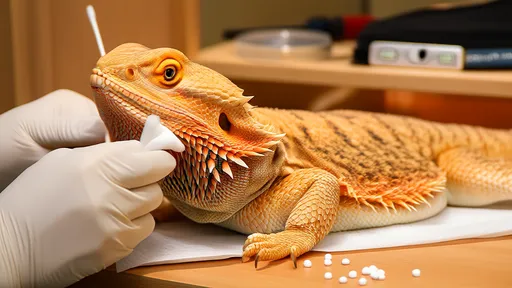
By /Jun 28, 2025
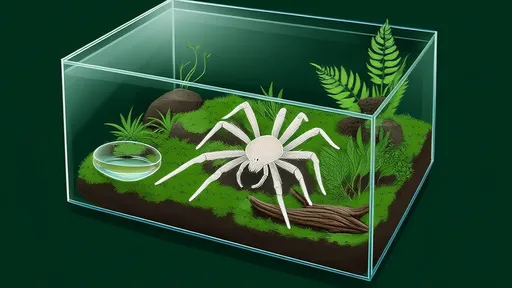
By /Jun 28, 2025